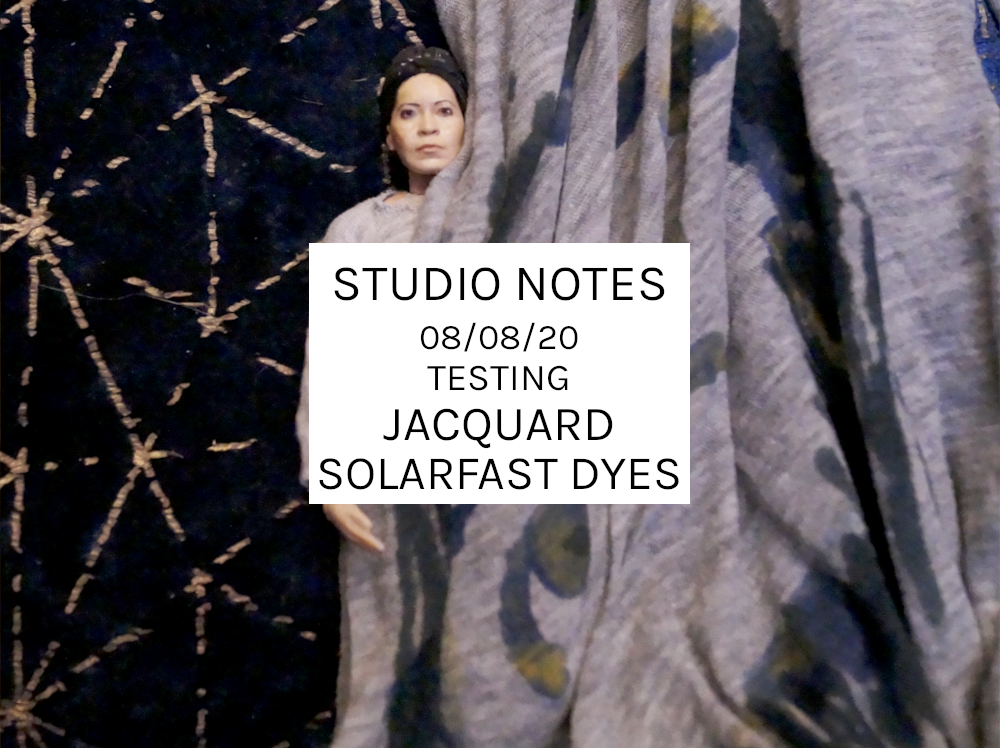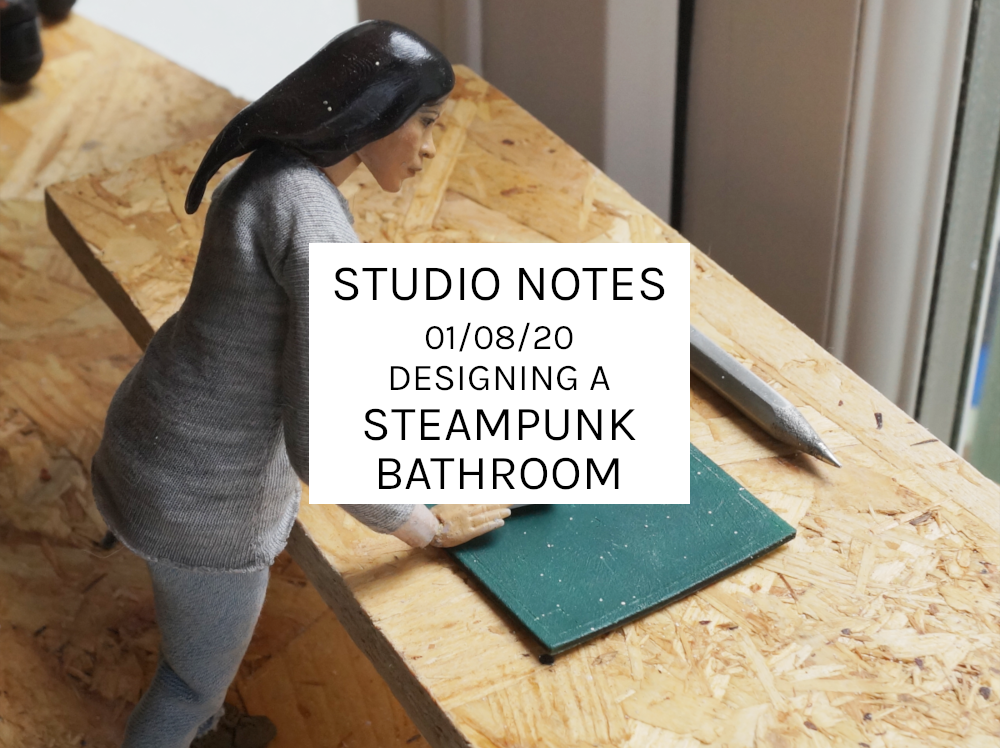Whilst trawling eBay on the hunt for screen printing frames, I stumbled across an antique box that was listed as a vintage screen printing kit. Well you can’t fool me, Mr. Don’t-quite-know-what-you’re-selling. I knew that although there was a screen in the box, the roller and ink included in the other half was telling me that this was something entirely different. I still didn’t know what I was looking at though.

This was my introduction to mimeography
The intriguing box turned out to be a portable mimeograph stencil duplicator machine – an early copying device. In trying to research their history I found myself turned upside down a little bit; it’s accepted that Albert Blake Dick invented the mimeograph stencil in 1884 and merged his system with Thomas Edison’s 1876 (and later) duplicating press patents, selling the device under the name of the Edison Mimeograph Duplicating Machine. Still, I couldn’t get my head around the timeline of patents and similar stencil duplicator box brands, so I think this one will have to take up more research time.
You can find similar duplicator machines on eBay if you search for “Lion Menucator” (menu duplicator, see what they did there?) or “Neo Cyclostyle” by Gestetner. The box I found was called the Swallow duplicator.
The Early Office Museum has a good resource page for information about the development of mimeograph devices – start with the Trypograph and keep going. Also,
William Bryce Proudfoot’s The Origin Of Stencil Duplicating seems to be a definitive source of information about the history of related printing technology, but it’s out of print and quite rare (and expensive) so checking on eBay might be the best way to find it.
Use of a portable mimeograph duplicator in contemporary art?
The risograph is probably the most popular form of contemporary mimeographic printmaking process, but mimeography is still out there – see 10-48 Mimeograph Printmaking on YouTube for process and mimeograph information videos. I have to research the best ways to make new stencils for boxes like these, but the embedded YouTube tutorials seem to show a fax machine being used as a thermal printer for mimeographic stencils, and 10-48’s tutorial goes into the process of hand-making stencils from wax paper using sandpaper and a stylus. This handmade option seems more up my street.
Personally, I’d be utterly terrified to use any genuine antique portable mimeograph stencil duplicator box for printmaking, in case I damaged the screen or other parts… and in most cases, the rollers are already wrecked, so you’d have to use a new one. Even if the original roller was usable I would hesitate to hasten its inevitable demise, as all rollers are perishable, and I’d rather keep the antique. Having said that, I’d gladly try a replica or have a go with one that was donated!
I do like the idea of the box’s history and the idea of the travelling printer, and there’s a certain romance that comes with taking obsolete technology and embracing it for making art. If you’ve seen this medium in use in art, or you use it yourself, feel free to leave some examples.



